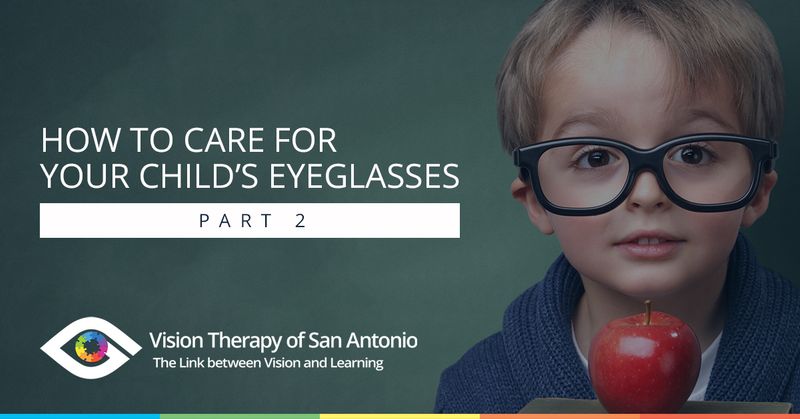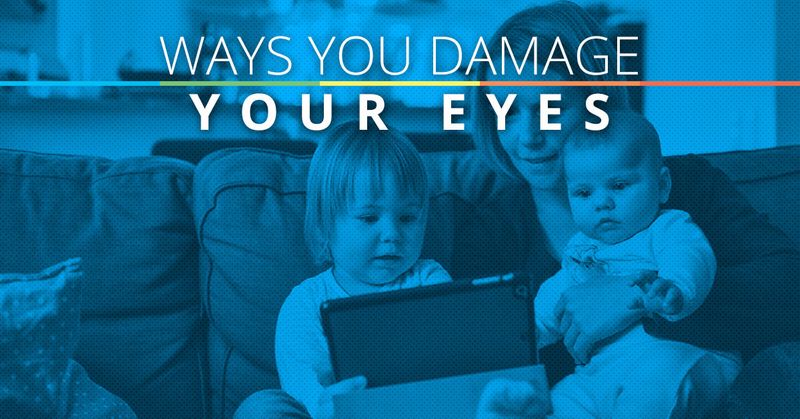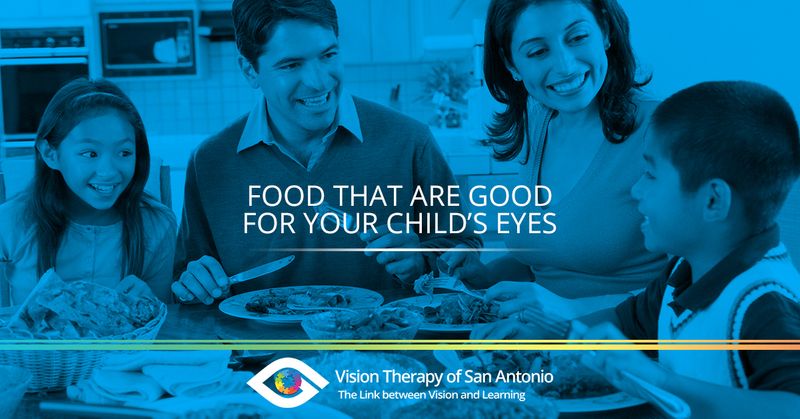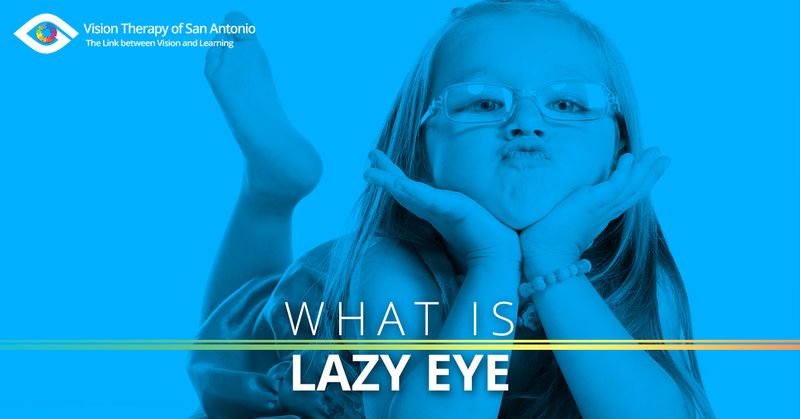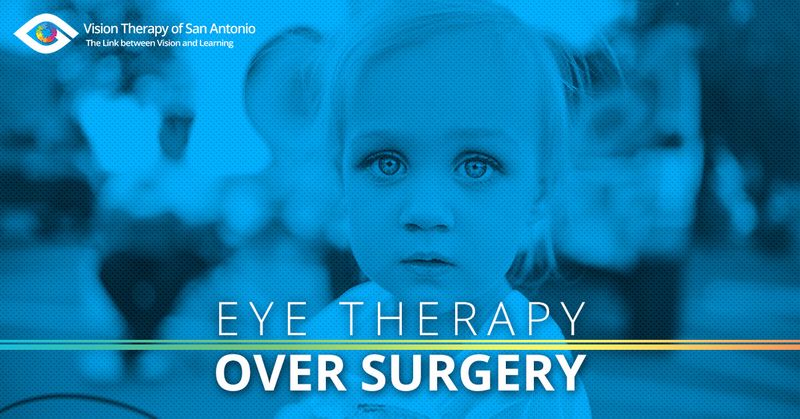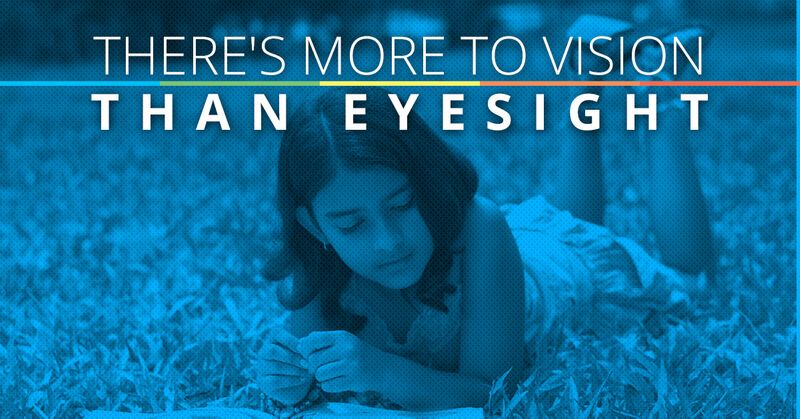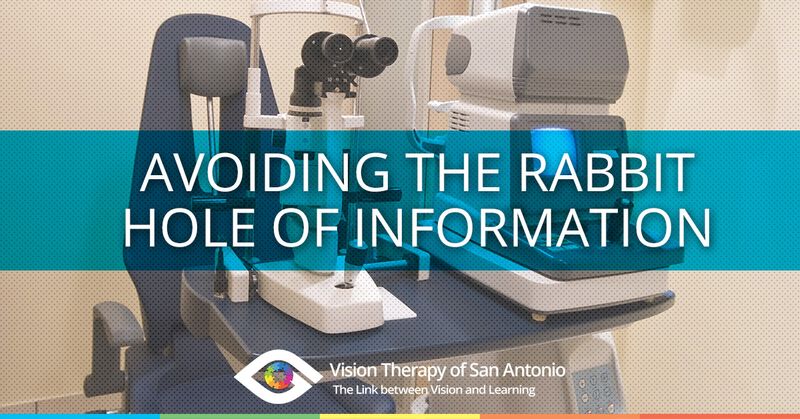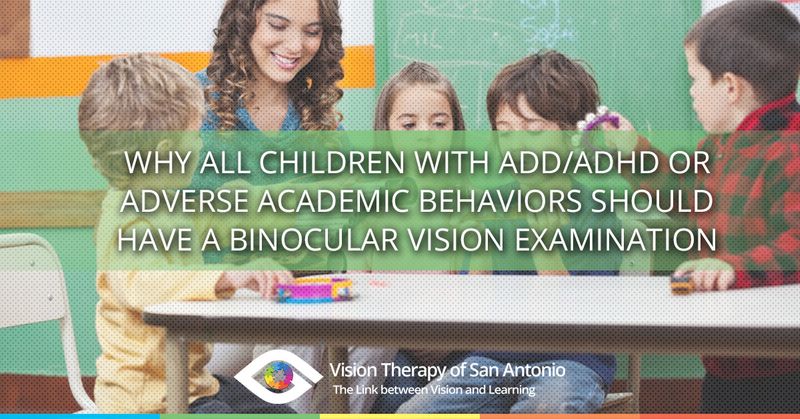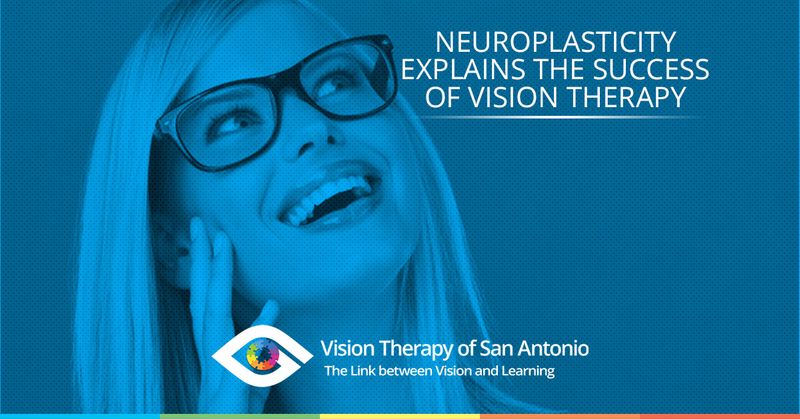Dr. Deviney’s VT Blog
-
People with Amplyopia more Likely to Be Slow Readers
Two Ph.D. researchers, Eileen Birch and Krista Kelly present their findings to the Journal of the American Association for Pediatric Ophthalmology and Strabismus. Notably, they find that “Even though it usually results in poor vision in just one eye, amblyopia can reduce reading speed in natural, binocular reading by 20%-50% and negatively affect academic performance.” They also say that “slow reading in children with anisometropic amblyopia is associated with fixation instability and increased saccades” which we see in many amblyopic patients whose eyes are still in good alignment.
Dr. Len Press does a great job of summarizing in his VisionHelp blog.
moreHow to Care for Your Child’s Eyeglasses Part 2
When your child has eyeglasses, you want to make sure to instill in them proper eye care lessons. This, of course, can be used while they’re children but be just as useful when they get older. When children know how to care for their eyeglasses, you can ensure that their glasses will last longer. By making sure their glasses don’t get scratched or broken, you can save money, as they won’t be having to replace them. You might be wondering, how do you teach your child proper eye care?
In our last blog we discussed correct cleaning and protection methods to keep your child’s glasses protected. We went over how glasses are meant to be cleaned with warm water and a cleaning cloth, while eventually stored away in a hard-shell glasses case. By using these two things you could significantly prolong the life of your child’s eyeglasses. In part two of this blog series we will delve into uses of eyeglasses, such as putting on and off and where to properly use your glasses.
moreHow to Care for Your Child’s Eyeglasses Part 1
If you’re child was born with any kind of eye issue, more likely than not, they are required to wear eyeglasses. The trick to caring for your eyeglasses is making their care become habitual. When properly caring for your glasses becomes routine, it becomes less of a chore and more of a way of life. By teaching your child proper eye care skills now, they will be more likely to use those lessons in the future. The main difficulty when trying to teach a child proper eyecare is that they are still youthful, and perhaps being a little too rough on their glasses. The important thing to keep in mind is that accidents happen, so it is best to not be too upset if your child’s glasses get scratched or broken. It is best, especially when your kids are younger, to have them wear protective vision goggles. The goggles are extra durable and scratch resistant. However, when children get older, the less likely they will want to wear their goggles. The following is a list of tips and tricks to teach your children, in order to keep their glasses safe from damage.
moreWays You Damage Your Eyes
Your eyes are an extremely important tool to see the world around you. They are quite possibly the most important part of your body, in that they are used as an essential mechanism for perception and spatial awareness. Something you may not know about your eyes is that they are easily damaged, and over time you can actually be playing a big role in their decline. As your eyes age and become increasingly damaged, they lose sharpness and the ability to properly focus on objects either close up or far away. When you develop nearsightedness, it means you have difficulty focusing on things far away. The opposite can be said for farsightedness. With this sight issue, you will be less able to focus on things closer to you. The following is a blog that lists all the things you do to damage your eyes, that over time contribute to these sight issues.
moreFood that are Good for Your Child’s Eyes
It is no surprise that food is good for the body, especially growing ones! Whatever your kids eat houses important nutrients that can be used to strengthen their bodies to fight disease. However, certain foods are better than others, and do more for certain parts of their bodies. For example, certain foods are more beneficial to the health of the eyes than others. The following blog is a list of seven different foods that are great for the well being and function of young eyes.
moreWhat Causes Lazy Eye in Children?
Four percent of children are born with Amblyopia, commonly called “Lazy Eye.” Though the disorder does not harm your child physically, if left untreated it can lead to serious problems such as learning disabilities, double-vision, and even blindness.
Amblyopia is caused while your baby is in utero. It commonly happens when the eyes develop improperly. This sight disorder can also occur hereditarily. Meaning, if you or your spouse’s family has a history of lazy eye, your baby runs a risk of inheriting the disorder.
However, your child could also be born without any lazy eye symptoms, yet show them later in childhood. This can occur when the nerve pathway from the eye to brain has not developed properly, creating vision problems in an infant or a child.
moreWhat is Lazy Eye?
It is estimated that two to three percent of people in the United States are born with Amblyopia. This is term used to describe the disorder when one or both eyes are not fully controlled by the brain. Another term commonly used to refer to Amblyopia is called, lazy eye.
When one has lazy eye, this means that one or both eyes fail to see with visual acuity of 20/20. Often with amblyopia, patients cannot control the alignment of their eyes; this makes it extremely difficult to visually understand words, signs, and images.
moreVision Therapy over Surgery
As a parent, you want to do the most for your child. You want to ensure that if a problem arises in their development, you will make the swiftest and safest action to remedy the situation. When a child is born with vision impairments, there are two courses of action: surgery or therapy. As a parent of a child with vision difficulties, such as lazy-eye, doubled vision, or crossed eyes, you want to immediately treat the problem. The younger a child is, the easier it is to rectify any vision deficiencies. Though there are two options for treatment of vision problems, both may not be available to all. Surgery can be dangerous for younger children, and the procedure might be too expensive for parents. Vision therapy, however, is a safe and easy way to build strength in your child’s eyes and correct many vision impairments. This “strength” does not refer to the eye muscles, but to the neurological pathways from the eyes to the brain.
moreThere’s More to Vision Than Eyesight
I spend a lot of time thinking of the most concise way to explain vision therapy. Every day, I discover that my patients and/or their parents have never heard of vision therapy, so it takes some time to discuss the subject. And, in my busy primary care optometry practice, finding that extra few minutes can be challenging because I’m very mindful of not keeping my next patient waiting any longer than necessary.
moreAvoiding the Rabbit Hole of Information
When all you ever think about is eyes and vision, you sometimes end up going down a rabbit hole of information. I don’t remember how I discovered the blog written by Catherine Brennan. Her blog entry entitled “Michelle” does an excellent job of describing how limited a person’s life can be when their eyes don’t work together in an automatic, coordinated and efficient manner.
This can mean no depth perception, no 3D movies, no enjoyment of ball sports, and the need for being overly cautious when driving because you can’t judge things accurately.
moreEye Doctor’s Child With 20/20 Eyesight Still Has Vision Problems?
We’re always on the lookout for vision therapy success stories across the country, and I found a great blog post from The Vision Therapy Center in Wisconsin titled, “Optometrist’s Child With 20/20 Eyesight has…Vision Problems?” It was a great example of how most eye doctors, whether they are optometrists or ophthalmologists, do not commonly hone in on binocular vision problems in people who otherwise have good eyesight.
moreWelcome
Welcome to our site! We are in the process of building our blog page and will have many interesting articles to share in the coming months. Please stay tuned to this page for information to come. And if you have any questions about our business or want to reach out to us, we would love for you to stop by our contact page.
Thank you!
more
